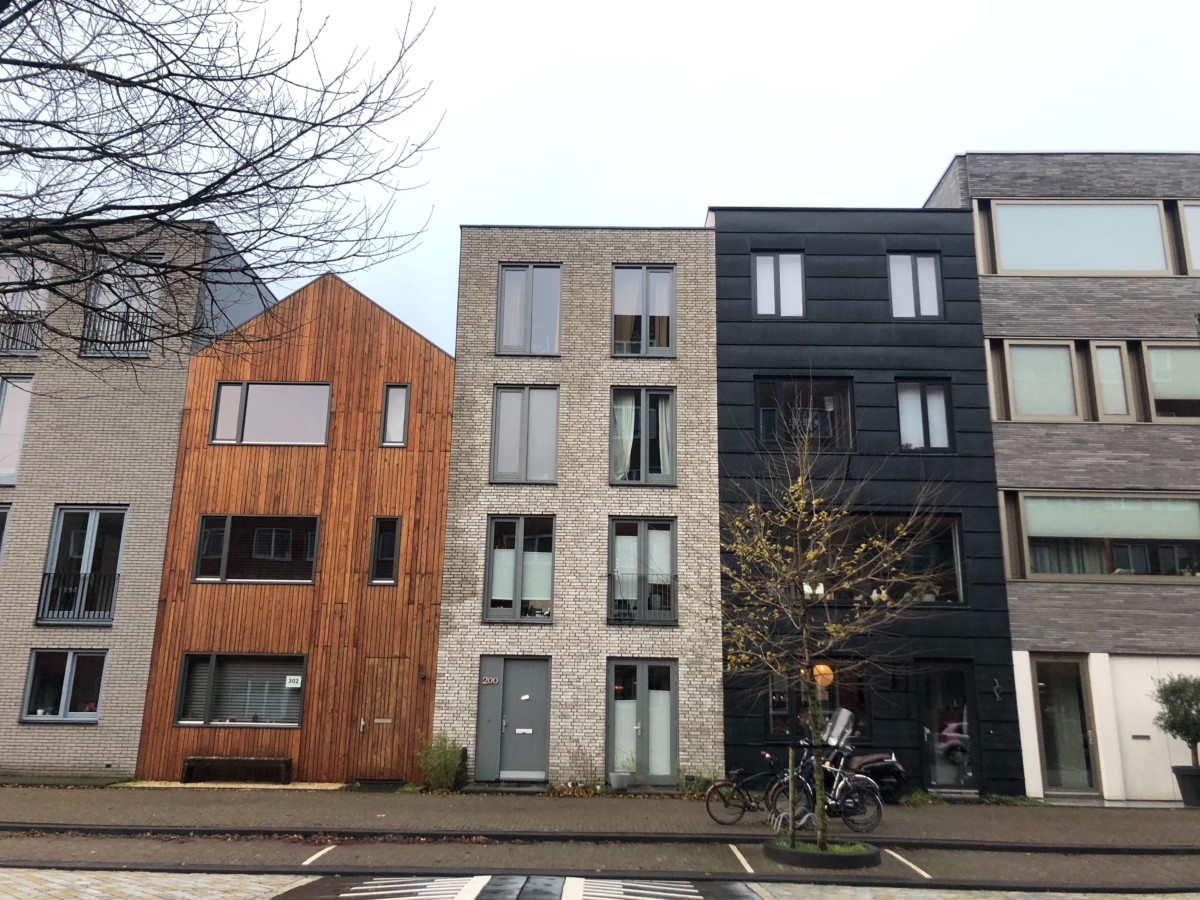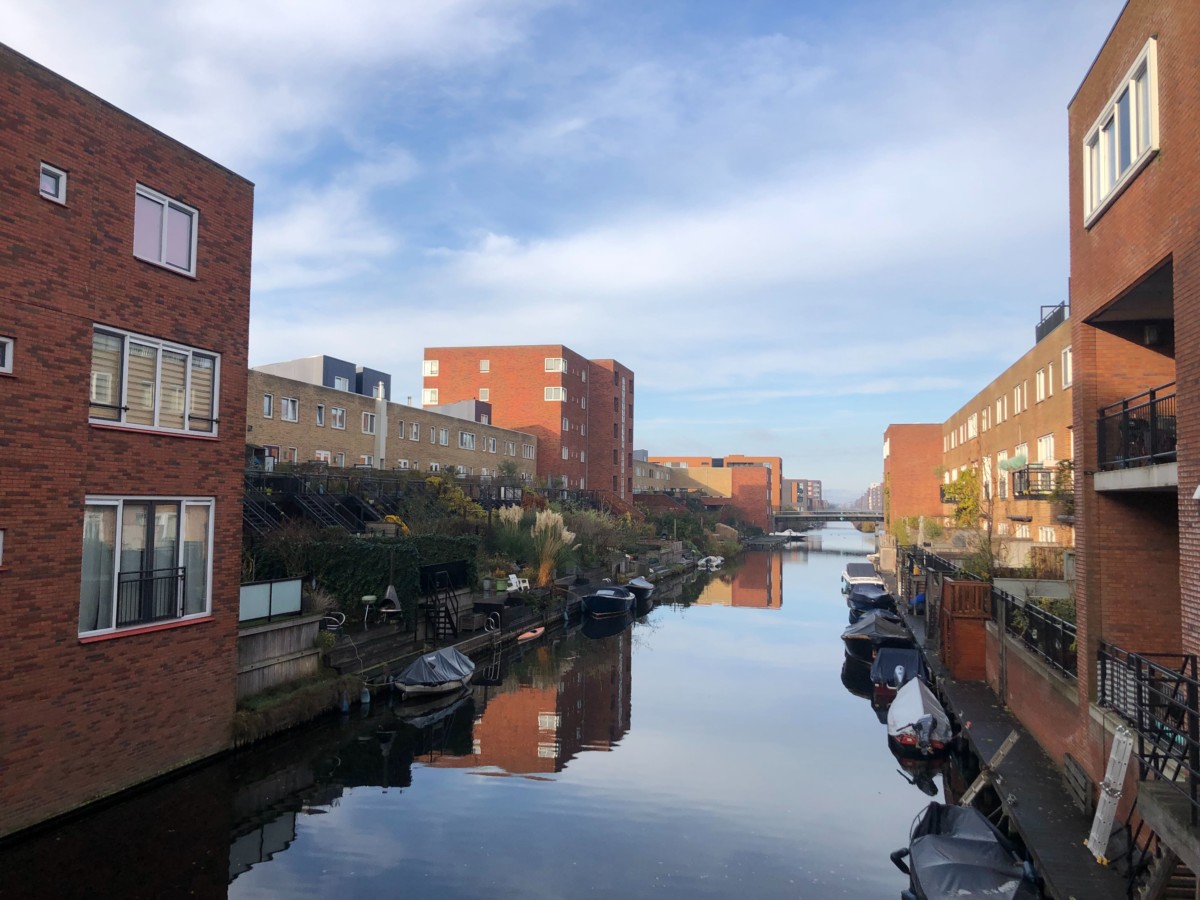Rapidly rising sea levels are just one of the many effects of climate change that a myriad of countries around the world are battling against.
However, some floating homeowners in the Netherlands are using age-old technology to explore the possibility of life on the water. Could floating homes be the norm in the future?
Floating homes are in Dutchies’ DNA
Living on the water comes naturally to Dutch people as they have already been doing it for thousands of years. The Netherlands is one of the lowest-lying countries in the world and half of the landmass is literally below sea level. Dutchies have always been adept at water management and for years the Dutch utilised systems such as dykes to achieve enormous feats.
READ MORE | Climate report warns of acutely rising sea levels along the Dutch coast
For example, in 1932 the Afsluitdijk was completed which transformed part of the North Sea into one of Europe’s biggest lakes. There are many other examples like this but over the past few years, the approach has been changing. Instead of trying to keep water out, architects in the Netherlands are realising it’s time to work with the water.
Wienger Uffink, a floating homeowner in the Netherlands explains to Al Jazeera: “The world needs to change. We can’t keep doing the same thing we’ve been doing for the last hundred years. We wanted to make a statement and show that it is doable.”
Floating home neighbourhoods in Amsterdam
IJBurg
IJBurg is an area about 20 minutes east of Amsterdam Central Station where homes have been built on six man-made islands. It was designed by Marlies Rohmer and built in 1997 as a solution to the Netherlands’ housing crisis. No less than 24 years later, this neighbourhood is home to nearly 23,000 people and is being hailed as a solution to rising sea levels.
Unlike other land reclamation projects, IJburg was raised upon the water instead of the water being drained to reach land. “This extraordinary approach to land reclamation was chosen because of, among other reasons, the standstill principle, which states that the creation of new land areas should not impact the quality of the surrounding water,” Urban green-blue grids explains. Many IJBurg dwellers appreciate the closeness to nature that living on the water affords.
But it’s not an area built solely for pragmatism. They wanted to build a unique area with architectural diversity as developers did not want uniform houses that resulted in a homogenised community. When walking around IJBurg, it is easy to notice the variety in homes that boast different materials, shapes and colours.

Schoonschip
Schoonschip is another floating home neighbourhood in Amsterdam but it is much smaller than IJBurg as it was only built in 2010. The houses were built on land and then transferred to the dock by boat.
Sascha Glasl, cofounder of Space&Matter — the architecture firm that designed the project — tells Fast Company: “Cities are growing, and everyone is going into high-rises and trying to put more buildings on land, but there’s a lot of water in cities, and it’s smart to make use of that too.”
But designing a floating village is not an easy feat and requires immense planning precision. “You have to calculate everything you put on the boat and how heavy it will be. If you put in too much weight, the house will sit too low,” shares another floating home architect, Jorrit Houwert, with DW.
Schoonship is also a demonstration of environmentally-conscious homes. Before the build commenced, architects made a green, orange and red list of materials. The green list included environmentally sound options. The materials on the orange list were to be used only if it was really necessary due to costs or technical reasons, and the items on the red list were banned. This resulted in many of the homes incorporating eco-friendly materials such as cork.
Homeowners in Schoonschip also got permission from the government to create their own electricity company. They each have a battery in their house with just one connection to the main system. In this way, if one house doesn’t use much electricity in the month, it balances out over-usage by another house.
How much do floating homes cost in the Netherlands?
Like anything, you can pay top dollar for big and stylish homes but surprisingly, some of the homes are very affordable. In Schoonship, the homes range between €300,000 to €800,000.
In IJBurg, a 12 bedroom apartment recently sold for €1,000,000 but there was also a three-bedroom house that sold for €400,000.

Floating homes are catching on in other European cities
The awareness that we need to change how we build homes is catching on around the rest of Europe. Baca Architects have plans to build a floating village in the London Royal Docks and Copenhagen has up-cycled sea container homes for students to live in amidst their own housing crisis.
Architect Carl Turner explains the appeal: “You either protect the house or protect the land. Creating large-scale flood protection zones is expensive and in itself potentially harmful to the environment. Once breached, homes are left defenceless, as opposed to floating homes that can simply rise with floodwaters,” he tells the Guardian.
Do you like the idea of living on the water? What about if boats replace cars? Let us know your thoughts in the comments below
Feature Image: Nick Vernij/Unsplash
Editor’s Note: This article was originally published in December 2019, and was fully updated in November 2021, for your reading pleasure.





